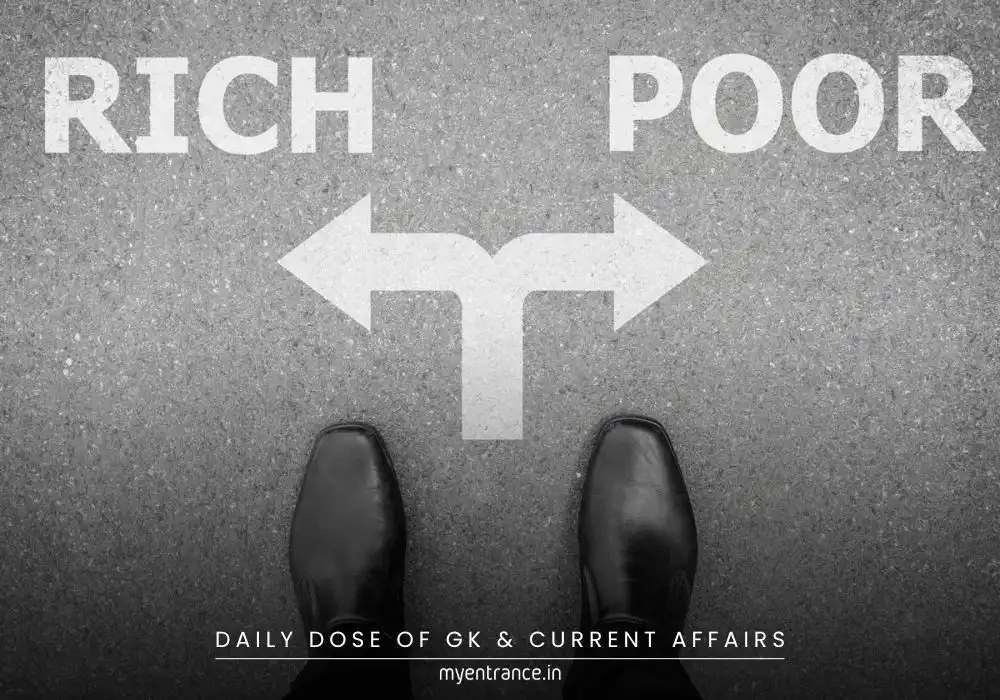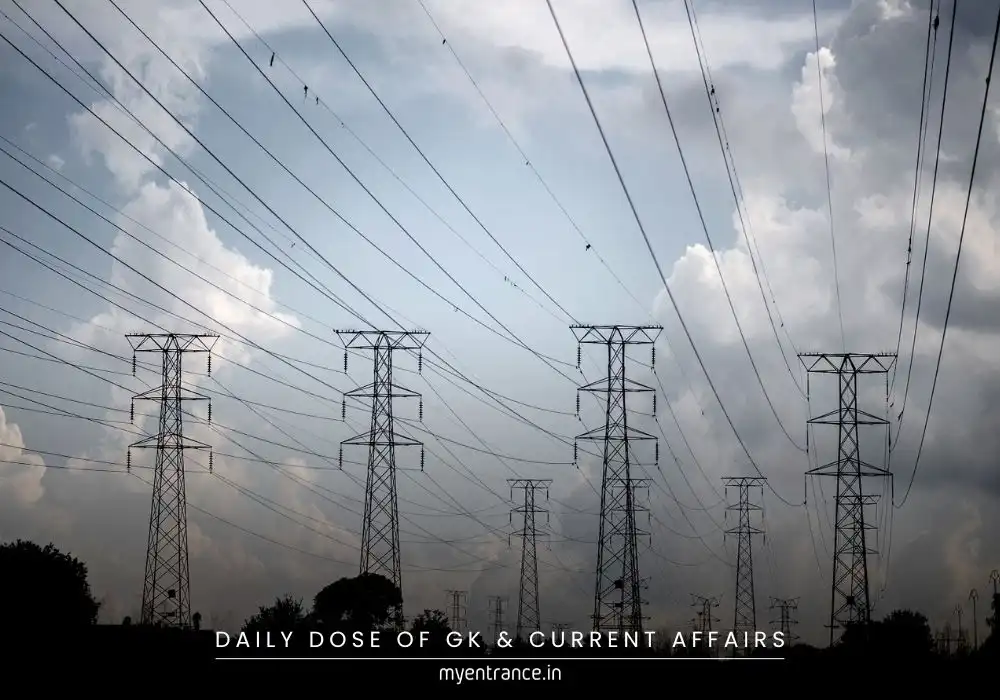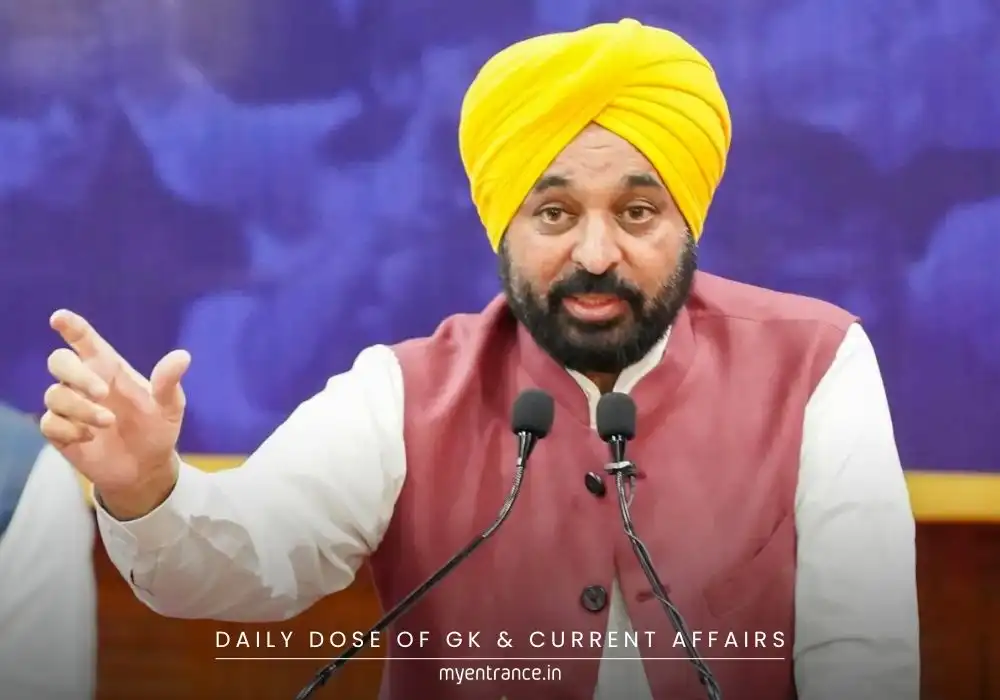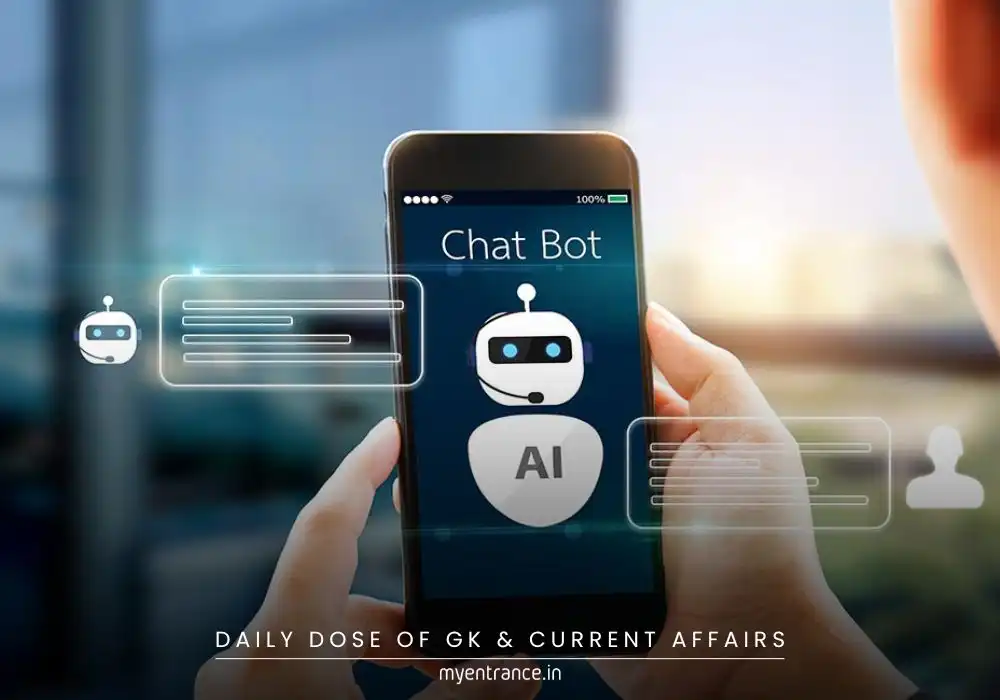Select Language
Has Digital India Truly Become a People’s Movement After 10 Years?
Digital India marks its 10th anniversary, shifting from a governance initiative to a nationwide people’s movement. Prime Minister Modi highlights its role in revolutionizing connectivity, commerce, and citizen empowerment.
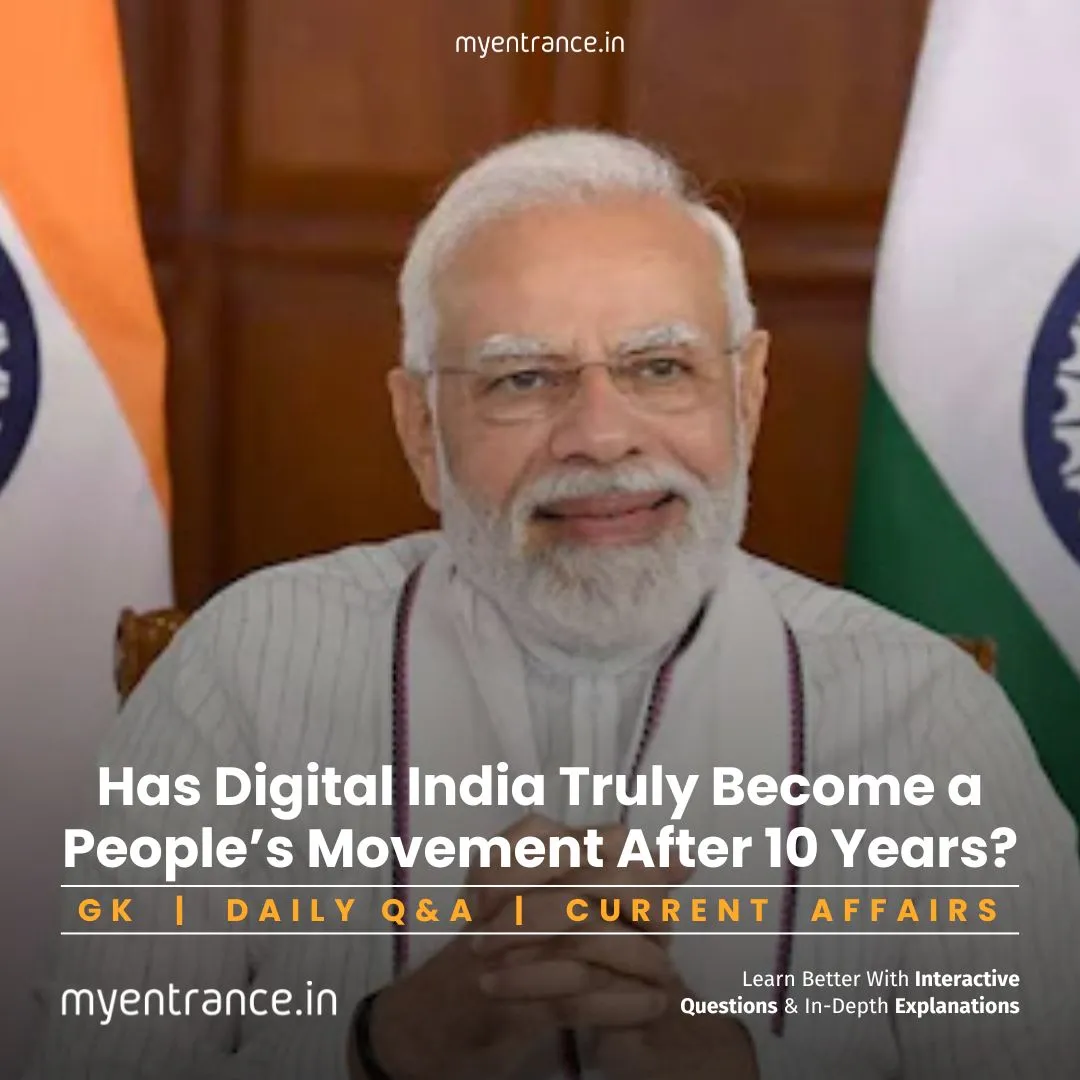
Digital India: A Decade of Democratizing Technology
Launched on July 1, 2015, Digital India aimed to transform India into a digitally empowered society. Today, it’s not just a government program—it’s a public-driven revolution bridging urban-rural gaps and reshaping governance.
Key Milestones
5G Revolution: India installed 4.81 lakh 5G base stations in just two years—among the world’s fastest rollouts. Even remote areas like Siachen, Galwan, and Ladakh now have high-speed internet.
E-Commerce Boom: The government’s ONDC (Open Network for Digital Commerce) crossed 200 million transactions, with 100 million added in just six months.
Inclusive Marketplace: Government e-Marketplace (GeM) hit ₹1 lakh crore GMV in 50 days, empowering 22 lakh sellers (including 1.8 lakh women-led MSMEs).
AI for All: The $1.2 billion India AI Mission offers 34,000 GPUs at under $1/hour, making India the most affordable AI compute destination globally.
Bridging the Urban-Rural Divide
Digital India dismantled barriers:
Rural citizens now access services like UPI payments, DigiLocker (digital documents), and CoWIN (vaccination) with ease.
Initiatives like BharatNet brought broadband to villages, boosting education and e-governance.
Transparency and Anti-Corruption Wins
Digital tools slashed red tape:
GeM’s transparent bidding reduced corruption in public procurement.
Direct Benefit Transfers (DBT) ensured welfare funds reach beneficiaries without leaks.
India’s Global Digital Standing
According to the State of India’s Digital Economy Report 2024 (ICRIER):
India ranks 3rd globally in digital economy growth.
Digital infrastructure is pivotal to the Viksit Bharat 2047 vision for a “Developed India.”
Why is This Important for Exams?
Current Affairs: Topics like Digital India, 5G, and ONDC dominate SSC, PSC, and UPSC prelims/mains (e.g., “Government policies” under GS-II).
Design Entrances (NID/NIFT): Questions on tech’s societal impact (e.g., “How can design improve digital governance?”).
Analytical Skills: Exam essays often probe digital inclusion, e-governance, or AI ethics.
Fact-Based MCQs: Dates (July 1, 2015), stats (4.81 lakh 5G towers), and reports (ICRIER 2024) are recurring themes.
Sample Questions & Answers for Exam Prep
Q1: When was Digital India launched, and what is its core vision?
Ans: Launched on July 1, 2015, with the vision to transform India into a digitally empowered society and knowledge economy.
Q2: How has Digital India addressed the urban-rural digital divide?
Ans: Through projects like BharatNet (rural broadband) and 5G expansion to remote areas (e.g., Siachen), ensuring equal access to services like UPI and CoWIN.
Q3: What is ONDC, and why is it significant?
Ans: The Open Network for Digital Commerce is a government-backed platform enabling small businesses to compete online. It hit 200 million transactions in 2024, boosting inclusive e-commerce.
Q4: How does Digital India promote transparency?
Ans: Tools like GeM (transparent procurement) and DBT (direct welfare transfers) minimize corruption by eliminating middlemen.
Q5: India ranks ____ in ICRIER’s 2024 Digital Economy Report. What key factor drove this achievement?
Ans: India ranks 3rd. Its digital infrastructure (e.g., affordable 5G, India AI Mission) was the primary driver.
Get 3 Months Free Access for SSC, PSC, NIFT & NID
Boost your exam prep!
Use offer code WELCOME28 to get 3 months free subscription. Start preparing today!





